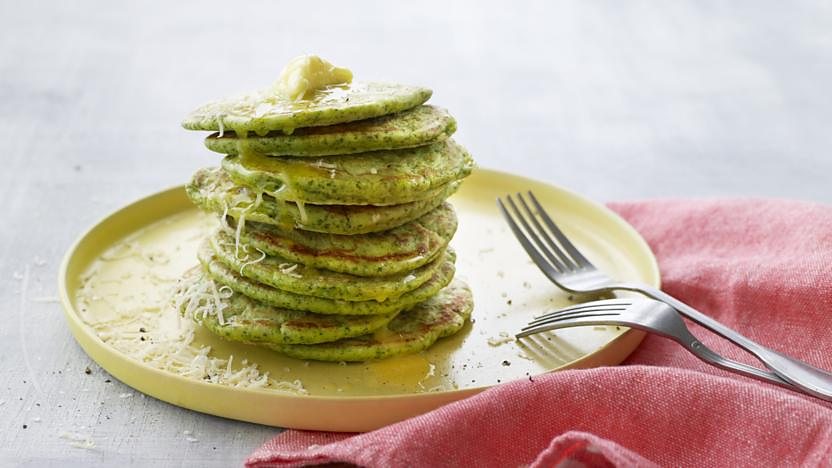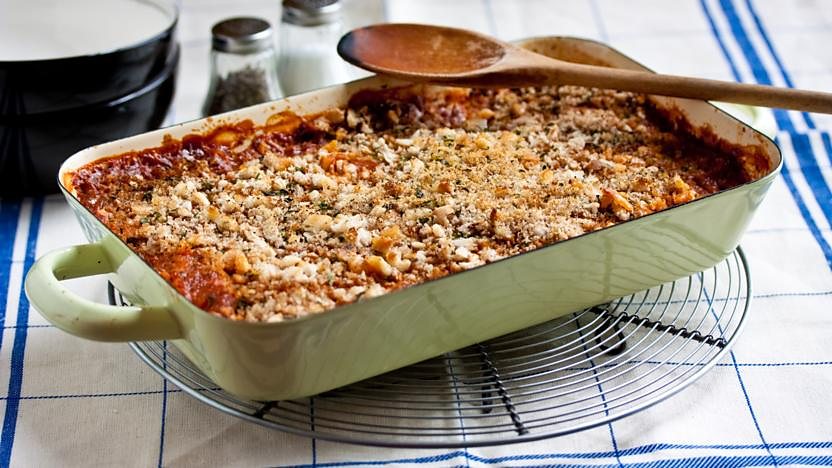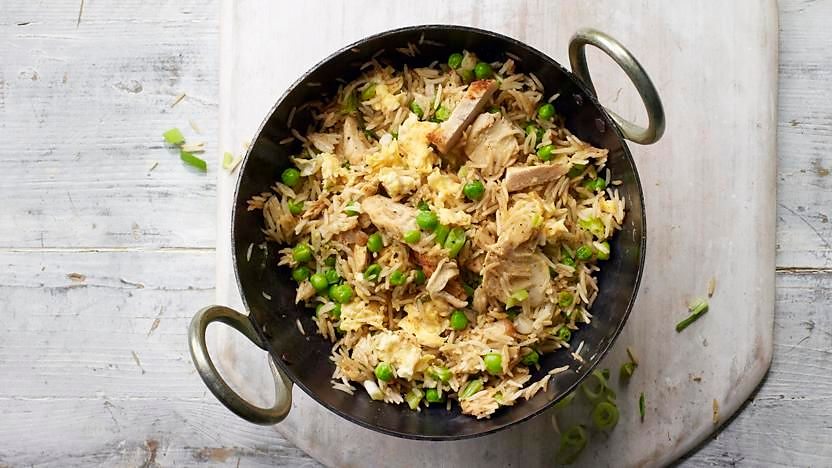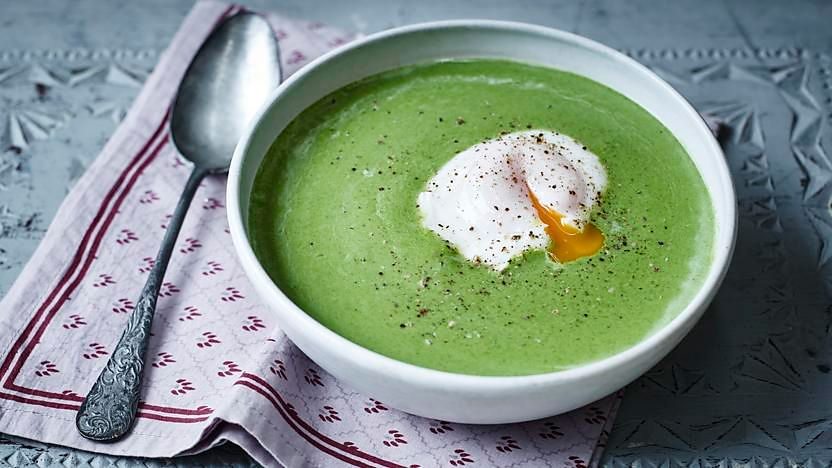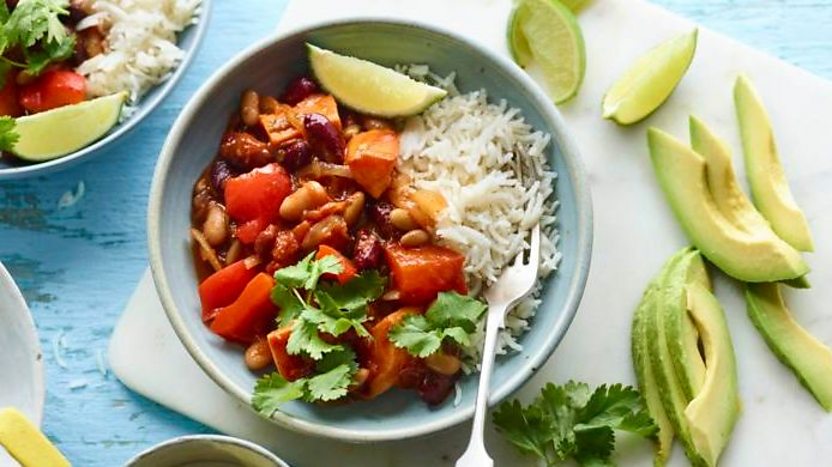How to cut your food bill by up to a third
If you're feeling the pinch, there are easy ways to keep more pounds in your pocket next time you head to the shops. With just a few changes to your buying and cooking habits, you can cut down your costs without cutting the flavour and nutritional value of your food.
Learn tricks to cooking on a budget
Cooking filling and tasty inexpensive meals is easy if you learn these five simple tricks.
- Try to buy store cupboard ingredients when they are on offer, and have an arsenal of recipes to make from the larder when time and money are tight, like this pasta puttanesca made from tinned and bottled foods. Tins, and dried foods such as pasta, rice, noodles and oats should feature heavily on your shelves.
- Replace fresh fish, veg and fruit with frozen. Choosing frozen salmon rather than fresh, as in these salmon and pesto parcels, can save you over 55 percent. You can buy frozen fruit and vegetables, or chop up fresh ones and freeze them yourself, to cook or use straight from frozen. This tip is especially relevant to those who find themselves throwing away mouldy produce. Stopping food waste is one part of saving money too.
- Bulk out small amounts of meat with less expensive proteins, as in this chorizo and chickpea stew, which contains less than 50g/2oz chorizo per person.
- Transform small amounts of leftovers into a filling meal, such as this easy chicken and pea risotto, which uses just 250g/9oz cooked chicken to serve four.
- Make the most of cheaper cuts of meat. Choosing chicken legs rather than breasts, as in this pulled chicken dish, can save you over 50 percent. Remember, meat prices can be subject to seasonal fluctuations.
Make fresh food last longer
In the UK we throw away almost 20 percent of the food we buy. It's believed that in the average household this adds up to £50 worth of food waste per month, or £600 per year. Follow our simple tips for keeping popular foods fresh for longer.
Fruit and veg
About 39 percent of household food waste is fruit and veg. Keep potatoes and onions in a cool, dark place rather than in the fridge, but do not store them together as they produce gases that can damage each other. They can be wrapped in paper, but not in plastic bags. Keep other veg in the fridge – ideally not at the bottom as most fridges get colder the lower you go – stored in plastic bags if you wish as long as they have holes punched in them. Keep herbs in a glass of water in a cool place.
Avoid fridge chaos
A disorganised fridge can wreak havoc with your food's longevity, flavour and nutritional value. The bottom shelf is the coldest, and ideal for raw meat, fish and poultry. Store eggs on the middle shelf as they shouldn’t get too cold. The top shelf is the warmest and has the most consistent temperature, and therefore is good for dairy and pre-prepared foods that don't need cooking. The doors are the warmest place in the fridge and best for foods containing preservatives. Wrap cheese in a resealable bag and store it in a plastic tub to prevent it from drying out.
Organising your cupboards and fridge will ensure that you know what you already own, hopefully stopping you buying duplicates and ending up with five jars of the same thing. It’s a good idea to keep an up-to-date list of what is in your freezer, as leftovers can often get pushed to the back and forgotten about. You’re not saving money if you don’t eat the food!


